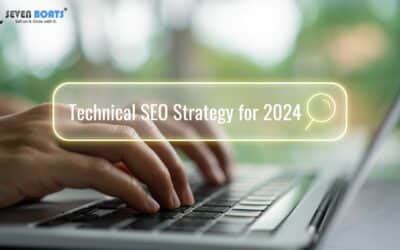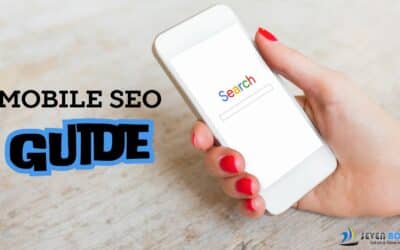
What was the need for SEO in the first place? Make the products and services, including information, easily accessible and available to online consumers. That was the start of the game. Over time, the game has branched out many verticals and factors, making the traditional rules of the game obsolete in the process. SEO can no longer be limited to search engine ranks and keywords. For example, even when your product is listed at the very top of the SERP heap, the consumer does not hit ‘Buy’.
The consumer looks at options. If the product or service is a high-end or luxury purchase, the desire to look at other options become more intense. The same goes for B2B purchases. According to a statistic revealed by Google, an average B2B purchaser will conduct 12 searches before they buy anything! The considerations include peer reviews, online reputation of the brand, comparisons, customer service and a whole range of other factors. It is never about keywords or SEO only! In fact, any brand that shuts out these factors to focus only on keyword-oriented SEO will find the going quite tough.
To understand the new SEO model and how you can implement it in your own business, let us break down the purchaser’s journey into a few critical stages.
Stage #1: Lack of Brand Awareness
This is the first stage when the consumer does not know about your brand. On your part, you have no idea that such a consumer exists. The SEO at this stage will comprise of an inclusive approach where you try to get people interested in your brand under one online umbrella. Audience development is the focus of this stage. The keywords for this stage can be high or medium competition because you are trying to reach as many people as you possibly can.
Stage #2: Brand Awareness
This is the stage when the consumers know about your brand but does not know the next stage of the process. At your end, this is the first step towards convincing the consumer to buy. The SEO at this stage should focus on developing quality landing pages for the consumers to troop in and develop content pieces that address their queries and possible doubts. You can brainstorm and pick keywords that users may search for at this stage of the buying cycle. Incorporate them into optimizing the landing pages.
Stage #3: Brand Comparison
Till the 2nd stage, we were in conventional territory, so to speak! Now this stage is very online-oriented. People tend to compare more when buying online because they can quickly check websites and options without stirring from their couches. What it means is that the SEO at this stage cannot work in isolation. You have to look at the competitive arena around you. Now that people are comparing your products or services with others, you need to measure up and look good in a group as well, not just individually. Consumers must find you are on every platform. Tap into competitive keyword research and spread out your presence on the Google radar.
The Final Word
The final word on this post will be a tad large!
Now, when you have conquered the buyer at the 3rd stage, you have won yourself a victory! The point is, there is another departure from the traditional SEO model here. Through these 3 stages, you have included many, but some have dropped out of the funnel as well. Is there something you can do about consumers who have not entered the funnel at all or dropped by the side? In modern SEO, you can influence these consumers through a number of ways:
Guest Posts: Writing guest posts for other blogs or websites will bring you into contact with people who are outside your marketing funnel but very much interested in the kind of products or services you deal in. The by lined pieces give you that option to tap them. Syndicated posts are handy too.
Affiliate Partnerships: You can tie up with related websites that sell the same kind of products that you do. You can work out a deal or simply stick to the pay per lead model. I realize that this is not an ideal scenario from any stretch of the imagination but it is nevertheless better in influencing ‘outsiders’.
Online PR: This is another way of getting noticed through a different kind of SEO. Paid and free online press release websites will get you into contact with consumers outside your regular circle. If you are a new player, online PR gets you into the SERP elite slots without having to spend too much time in the trenches.
Do you have other ideas to rein in new-age customers through new-age SEO methods? Write in!








0 Comments